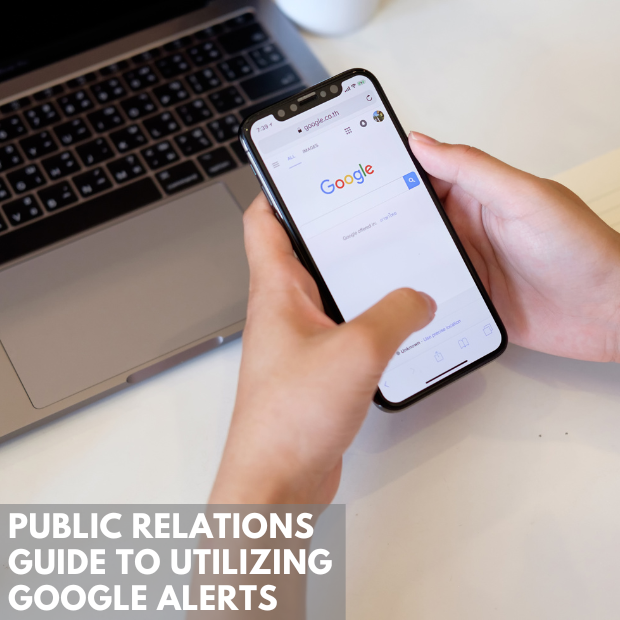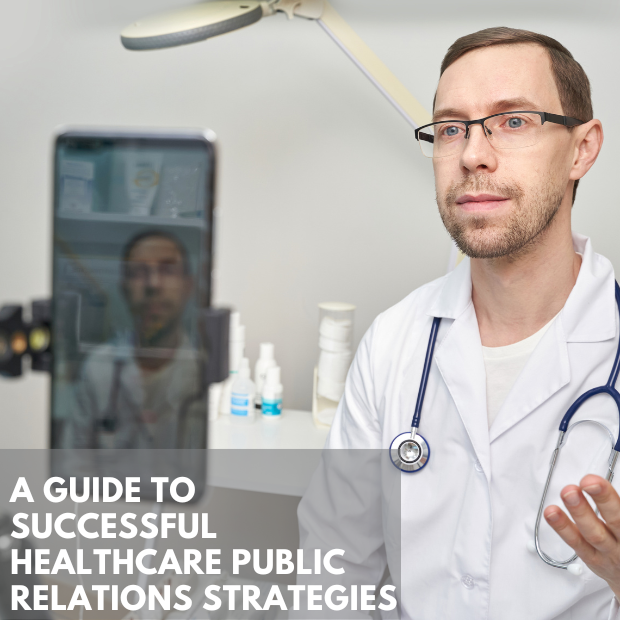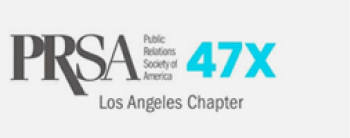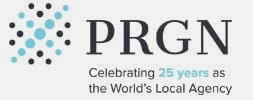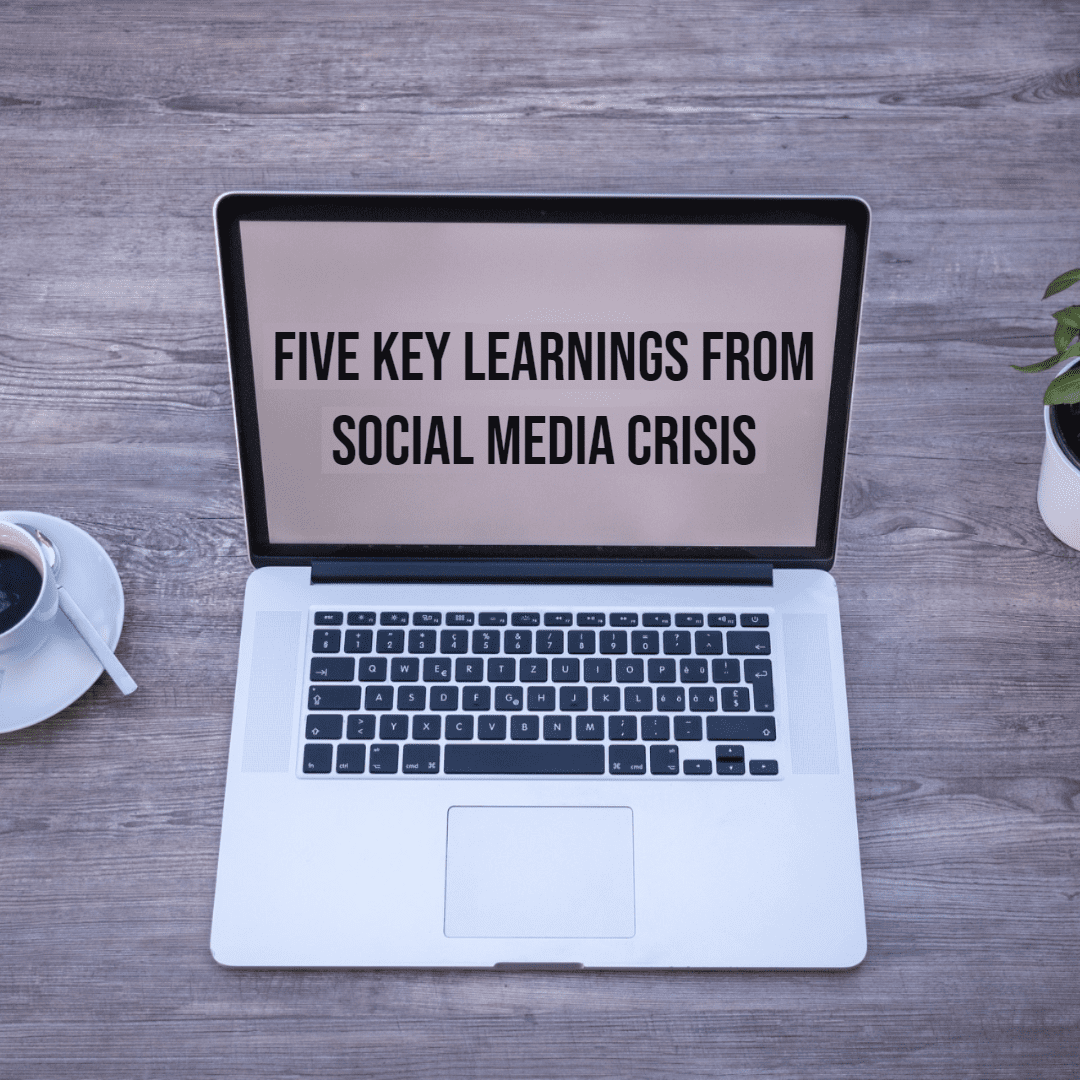
Five key learnings from social media crisis
In today’s world, there’s no escaping social media – especially when it comes to crisis communications.
I can say this with authority since 99.9 percent of the crises we’ve managed in the past few years have involved one platform or another. Facebook, Twitter, Instagram, YouTube, Snapchat, Yik Yak (yes, even Yik Yak, for those of you who remember 2016). Each platform presents its own challenges, of course, but the approach to managing the situation and the response more or less stays the same.
So, what do you do? How do you manage a social media crisis?
Prepare.
There’s no anti-virus software that I know of that will quickly and quietly fix a crisis. Especially one that is playing out online for all the world to see. Having a plan in place – and testing that plan – before a crisis occurs is the No. 1 step you can take right now to prepare yourself and your organization for that inevitable moment when you hear those three little words that nobody wants to hear: “It’s gone viral!” Part of that plan includes making sure that you know your channels, your passwords, and your team. More than one person on your social media team should always have access to each account, and at least one person should be able to access the accounts from a mobile device.
Your plan should also include likely scenarios and template responses – pre-approved messages that can be used in public and/or private message formats. Why is this important? Because a single tweet that goes unresponded to can kick off a digital firestorm that can take over and create a narrative of its own, leaving your organization – and your reputation – behind. In a true social media crisis, you don’t have the benefit of time to run a draft social media response up and down the ladder and through legal before posting. Do that ahead of time and save yourself from the headache that comes with waiting…and watching…a crisis snowball online.
Implement – and abide by – social media policies.
Developing guidelines and posting policies for external interaction with your social media channels sets clear expectations for acceptable/unacceptable usage of your organization’s pages. These policies will also give you a publicly stated set of rules to refer to in the event that you have to remove a particularly ugly or vicious attack on your platforms. But don’t, under any circumstances, start deleting or hiding comments – unless they violate said policies. Doing so will make the situation infinitely worse.
Listen, listen, listen.
The best way to know what’s going on before, during, and after a crisis is to listen. Monitor your own organization’s channels and that of news outlets that may be reporting on the issue. Pay special attention to trending topics and hashtags on each platform, flagging and screen capturing comments that are particularly concerning and may require priority treatment. Many times, you’ll discover new, and potentially actionable, information just by listening to the conversation.
When you do speak, speak with one voice and transmit one message.
The style and the exact words of the response may change to fit the platform, but the substance of the response should not. There are hundreds, maybe thousands of eyes just waiting and watching for inconsistencies and errors and tone-deaf or robotic remarks – anything to fan the flames and keep the controversy going. What you say online should be the same thing you said to the reporter who called a few minutes ago, and it should absolutely be the same thing you said to your employees.
Debrief. Clean up. And then start planning for the next crisis.
Once the storm has passed, it’s time to clean up. Did you promise any updates to anyone during the situation or event? If so, who needs to hear from you and when? Did your process work? What needs to be improved? Do you need to run through drills based on what your organization experienced? Should you update your policies and passwords? These are just some of the questions to ask yourself and your team before the next storm rolls through.
By Philip Hauserman: Philip Hauserman is Vice President and Director of Crisis communications at The Castle Group.
The original article can be found on the PRGN website here.
